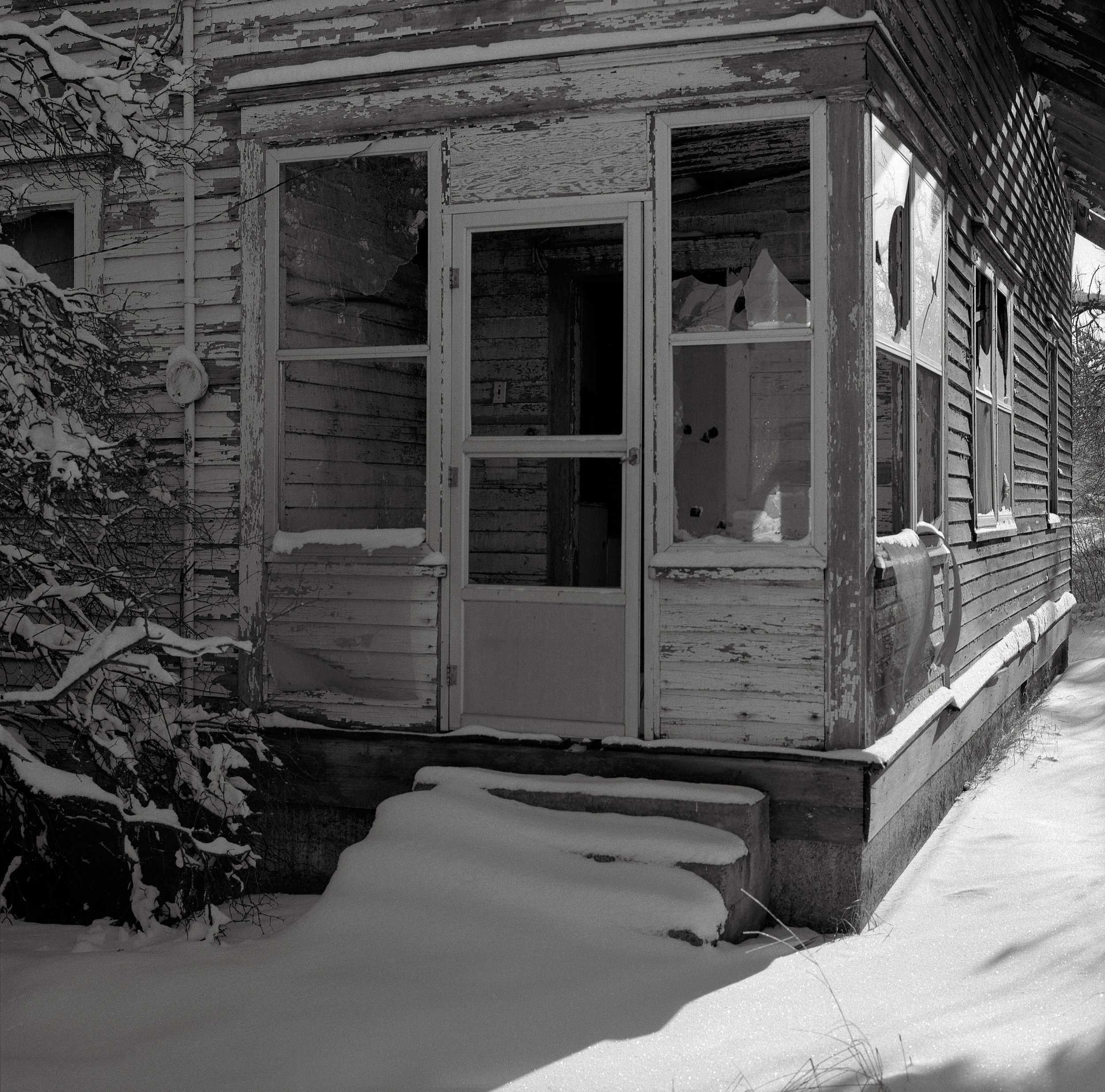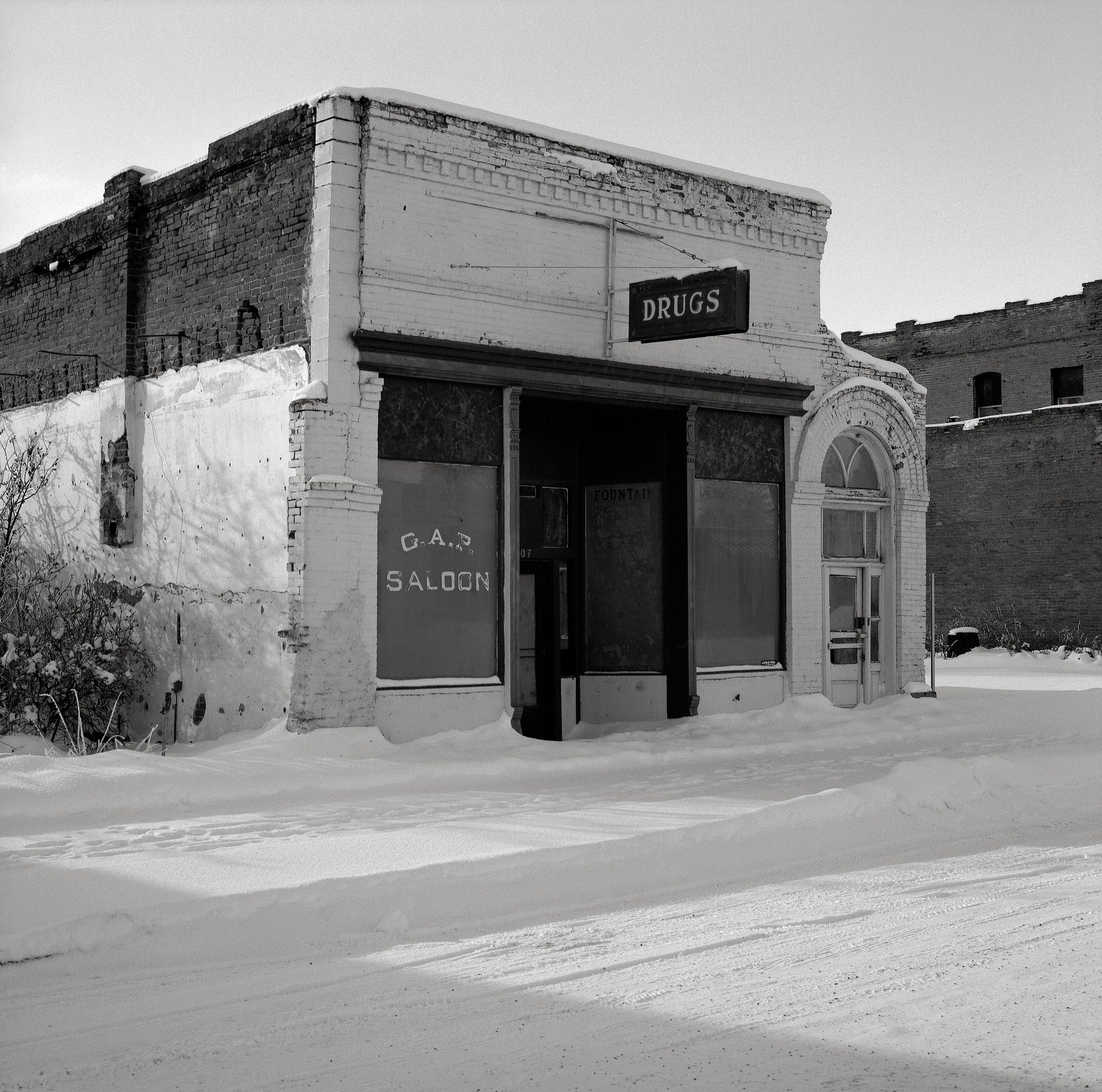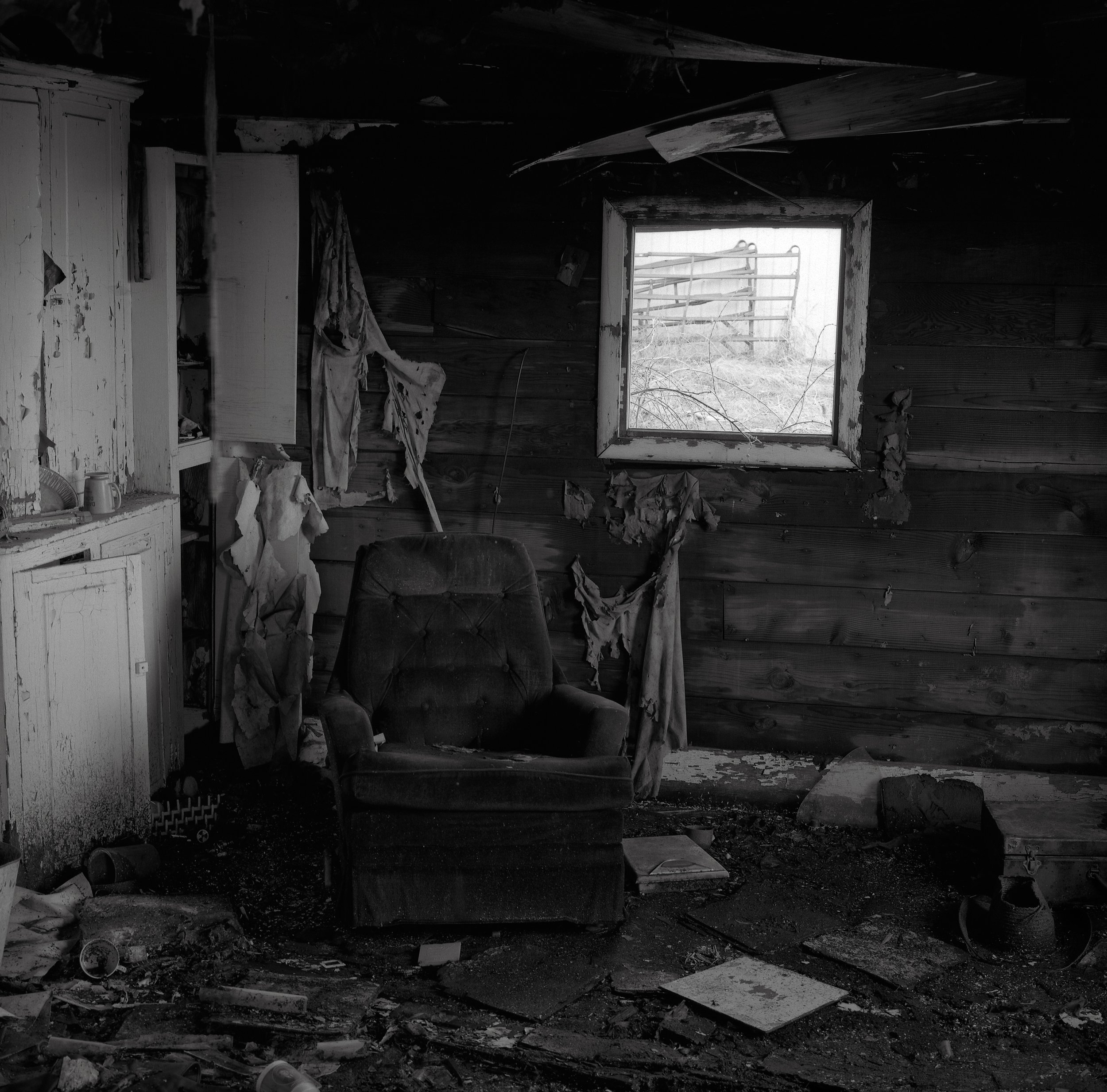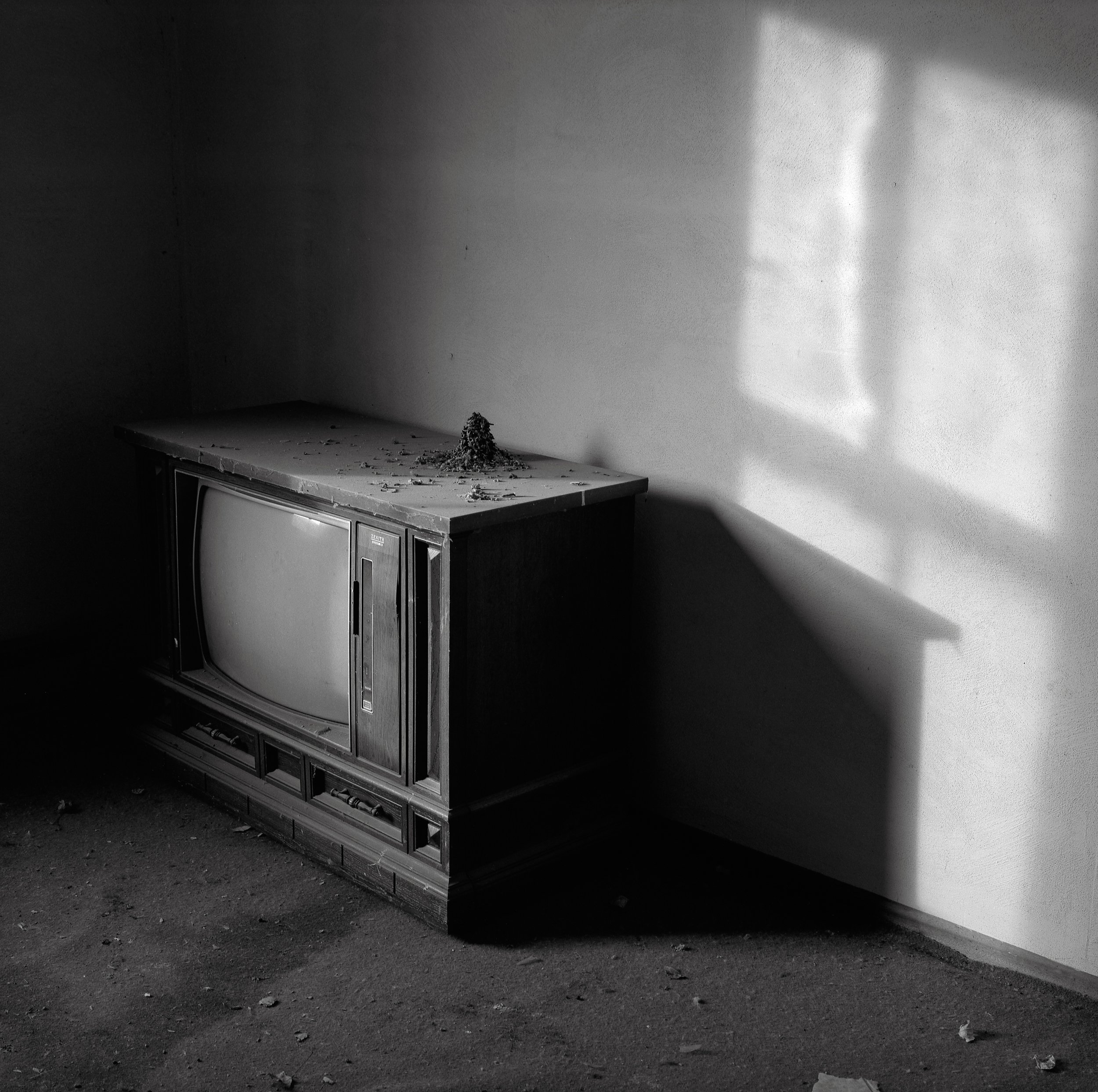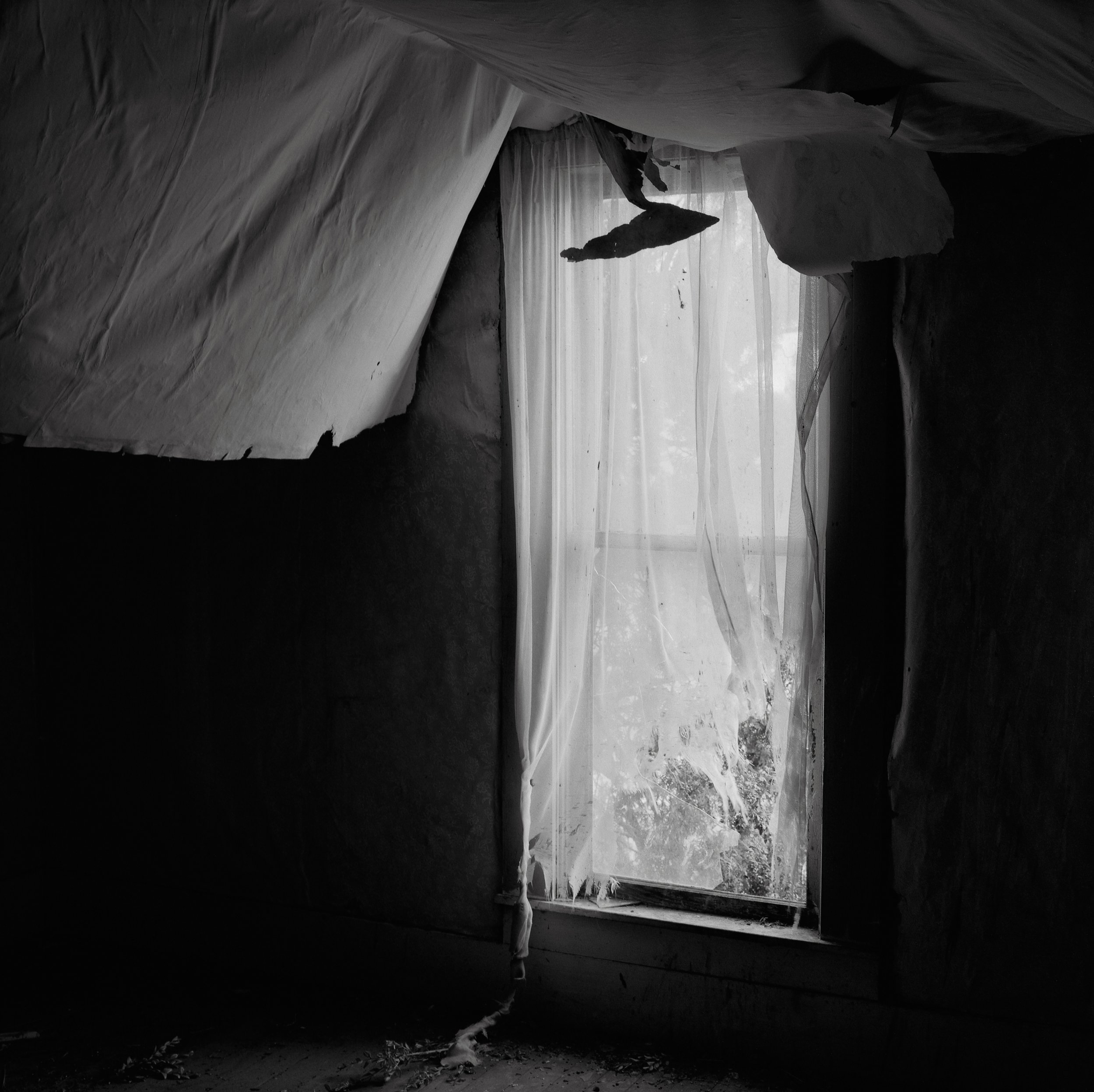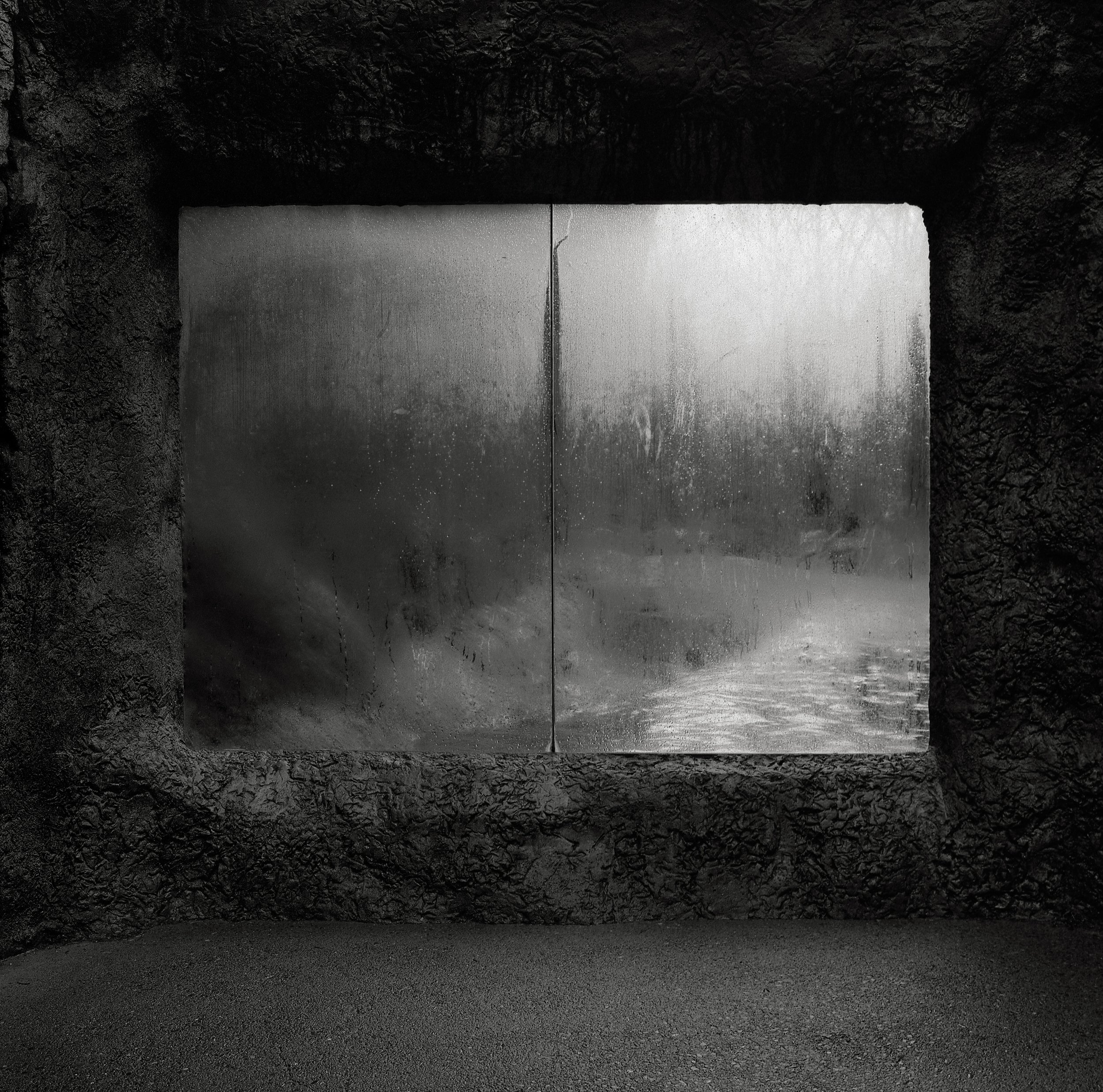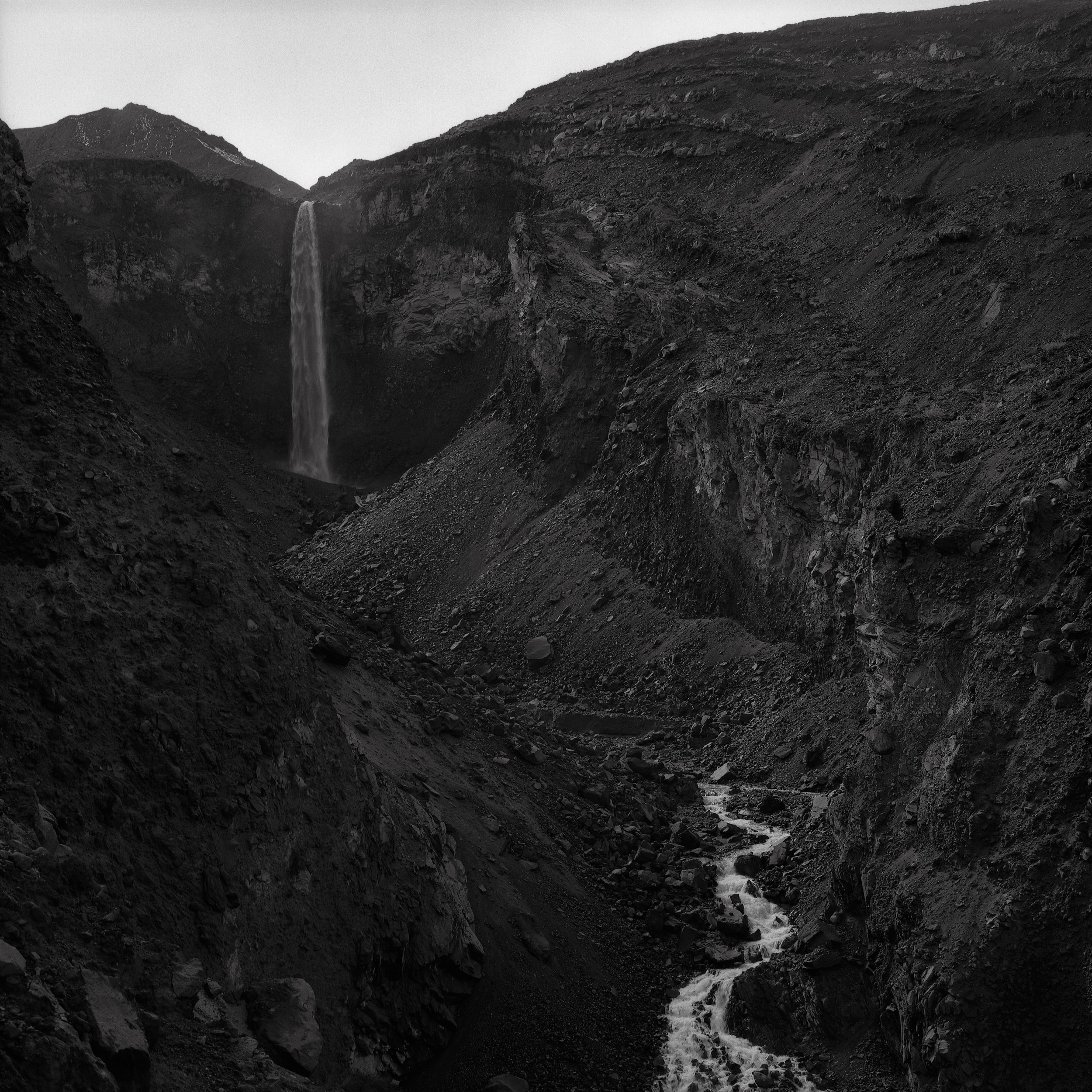Story 123: Austin Granger
What is your backstory?
I first began to photograph while I was in college studying philosophy. I found that by going out and concentrating my attention on things, I could prevent myself from disappearing into my head. Photographing kept me tethered to the world. Before college, I had spent four years in the military, so in all I came to photography fairly late, not giving myself to it fully until I was nearly thirty. Sometimes I regret not photographing during the earlier chapters of my life, but I imagine I wasn’t really ready then. I’d like to think that I’ve made up for lost time with fervency; I’ve devoted an enormous amount of time to photography over the past twenty or so years. I’m 51 now, and believe I’m starting to hit my stride.
What camera gear/editing setup do you use?
I use a variety of film cameras, in formats from 35mm to 4X5. Which camera I use depends on the subject and sometimes on my mood. I’ll purposefully take out different cameras to keep things fresh, and to exercise different photographic “muscles.” I have nothing at all against digital, but I’ve always used film. I’m comfortable with film, and it gets me the results that I’m after. More than that though, I just enjoy the old rituals. I love loading film, winding it through my camera, finishing a roll, and carefully slipping it into a special pocket in my camera bag. Finishing a roll of film is the most satisfying thing! I actually like not seeing what I have until later. I relish the delayed gratification, the NOT knowing, the anticipation, the surprise. I become depressed if I don’t have an undeveloped roll awaiting development. The existence of an undeveloped roll of film gives me hope for the future.
I spent years working in a traditional darkroom, but nowadays I scan my negatives and work on them with my computer. The majority of my images go unprinted, because my photographing always outpaces my ability to print. I feel an insatiable, almost frantic need to photograph, and fear that if I stop, my fire might go out. So I keep on rolling, searching for photographs, filling binder after binder with negatives. I’ll print when I’m old!
How do you achieve the look of your photographs and could you take us through the process?
That is a difficult question, because I feel like my pictures couldn’t look any other way. I mean to say, I don’t give the look of them much thought. They are either ‘right’ or ‘not right.’ When I go around photographing, I recognize pictures. They seem fully formed. My subjects are the things that make me feel something; my job is simply to be receptive to these feelings. It’s like listening for a signal, for a station on a old radio, and then, when the signal is detected, gently tuning the dial until the signal is strongest. Something like that. I want to say that photography is a passive activity. Preferring straightforward compositions, I try to present things in as simple a way as I can. I strip away anything non-essential. In practice, I think that after I’ve recognized that something is a picture, my mind switches off what the subject is, and transforms it into abstract, two dimensional shapes; it becomes like a sketch from a beginner’s drawing book. Then it’s just a matter of arranging shapes and tones. I hope that makes sense. I honestly don’t think about it much. I did in the beginning, when I was starting out, but it’s more instinctual now. I might say that when I started out, I inflicted my will on things, and now I try to just let them be. Of course, there is a lot of sleight of hand in photography. Through composition, one can make people see things in a certain way, and even make them feel a certain way, but I try to be subtle about it. When people look at my pictures, I don’t want them to think of Austin Granger the photographer. I’d much rather they feel what I felt when I saw the subject. That way we will have a connection, and approach the universal. Unfortunately, it often doesn’t work that way, because people brings their own unique minds to their looking at things, but that’s what I’m going for. I’m after emotions more than anything. It’s why I prefer working in black and white actually. For in my mind, black and white has the unique quality of appearing to represent reality, while at the same time being a clear departure from it. Black and white photography occupies an “in-between” zone, and using it invites the viewer to appreciate not only the subject, but also something in-between, something in the realm of feelings or ideas. And that’s the realm I want to meet them in.
Could you tell us the backstory of some of your photographs?
That is another tough question. It is hard to pick one photo at the expense of others. I will say that as quiet and still as many of my photos look, there are often unquiet experiences behind them. While out photographing, I have been chased by dogs, attacked by birds, and trapped by high tides. I’ve been yelled at, tear-gassed, and assaulted by all manner of terrible weather. I have suffered! But I’ve also seen wondrous things, and experienced serendipitous moments that seemed like magic, that made me feel like the luckiest person in the world. Those are the treasures that keep me searching.
For the past seven years or so, I’ve been traveling to an area of Eastern Washington State called the Palouse, always in the Winter. It’s a beautifully stark, wind-swept land, all open fields and smooth, rolling hills. In the right conditions, the Palouse can seem to be made not of matter but of light. I photograph the landscapes there, and also the things I find, the forgotten, forsaken things: broken windmills and rusty cars and collapsed barns and old abandoned farmhouses. Going into these homes, often frozen in time, their past inhabitants long dead, is more difficult for me now that I am middle- aged than it might have been when I was younger. I feel the weight of everything more now. I know well the impermanence of everything. The objects I find can be almost unbearably poignant, but I feel compelled to try and honor them in my strange way before they’re gone. On the good days, photographing makes me feel as if I am fulfilling my purpose, and for me, it doesn’t get any better than that.
What advice do you have for aspiring photographers?
At the risk of being obvious, I would advise them to photograph. A lot! Make it an integral part of your daily life, a habit, like going to the gym, or meditating. You might not notice it, but little by little, you will be getting better. Go out with your camera and roam until your mind is stilled, and I promise you, pictures will come. Stay curious. Curiosity, and a childlike sense of wonder, are essential. There are photographs everywhere. Try not to think about what they should look like. Just be open. Trust your instincts; if something fascinates you, or frightens you, or generally moves you in some way, that’s a picture. Catch it! And finally, I would advise you to try to hold, mentally speaking, onto a middle ground somewhere between self-satisfied complacency and total despair. Be steady. Photography is a lifelong practice, and one which requires patience, stamina, determination, and faith. I think a good photographer’s mantra is, “I could be great, but I’m not great yet.” Onward!

